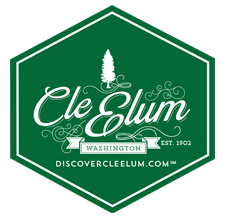
|
|

Discovering Cle Elum: A Guide to Local History | Cle Elum, WA
Echoes of century-old stories are still visible throughout the Cle Elum area, making our town a place where the past is always present. Just walking the streets of Cle Elum brings you face-to-face with historical buildings, monuments, and a feeling of a slower, simpler world. There are nearly 20 buildings in Cle Elum that are listed in the historic register, each with a fascinating story to tell. Proud of local history, many Cle Elum businesses also feature historical references hidden within their names, menus, and décor. Journey back in time with us to discover the fascinating history of Cle Elum so that you can identify these during your visit! From cars and trains to telephones and bankers, here's a quick history of our area.
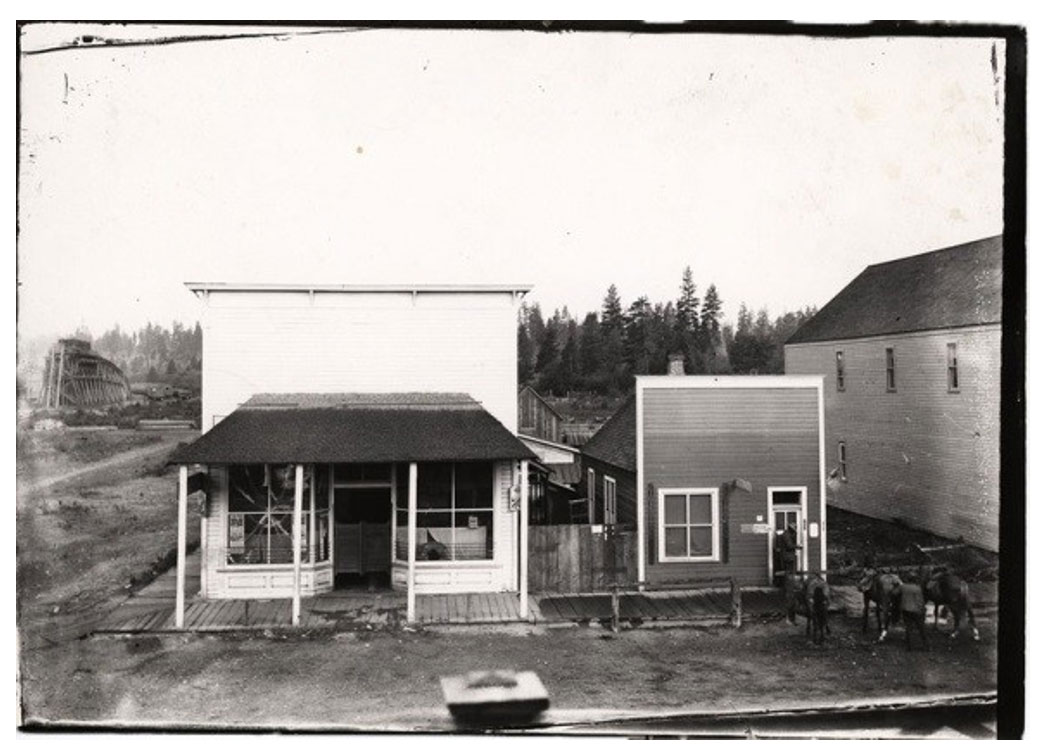
First incorporated in 1902, Cle Elum was considered a modern metropolitan city because it had a system of waterworks owned by the city, and an electric lighting plant conducted by the Northwestern Improvement, and the streets were wide and well improved. It was built with a prosperous coal mining industry and the railroad infrastructures were created to support it. The city also had a thriving lumber industry and, at one point, the largest sawmill in the eastern half of the state. Although the first census of record in 1900 gave Cle Elum a population of 250, the city grew so rapidly thereafter that by 1905 there were over 1,500 people in town, and 2,749 by 1910. According to recent census data, approximately 2,000 people are currently residing in the city.
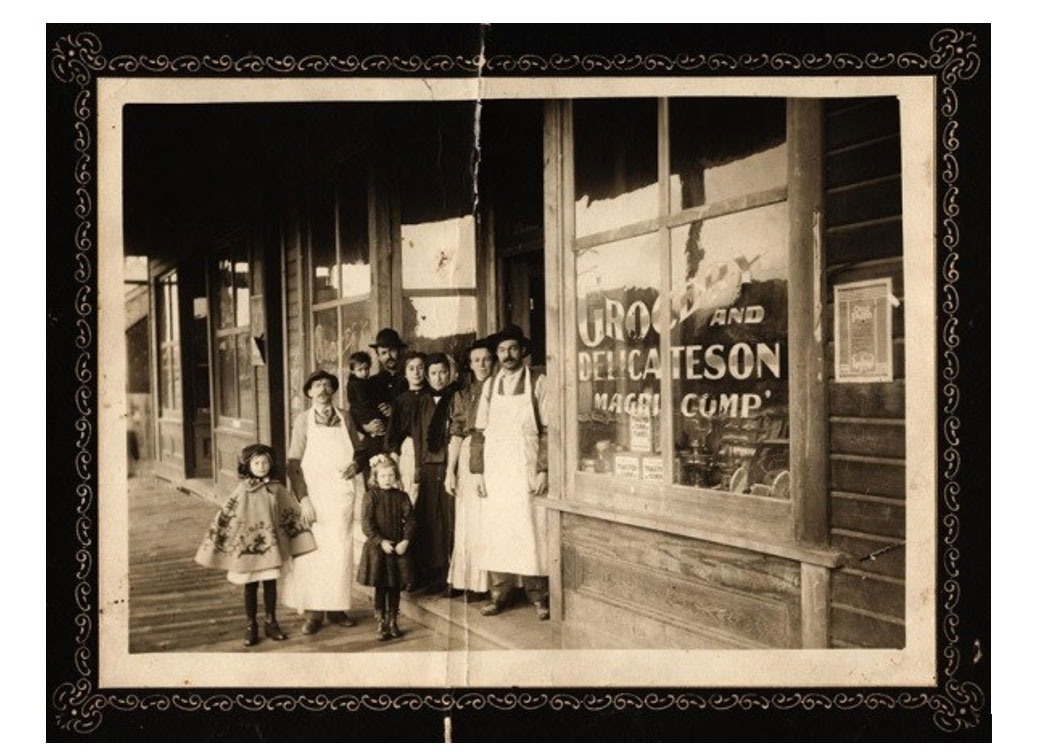
For visitors, Cle Elum is a place to relax and unwind. However, the history of Cle Elum is filled with hardworking pioneers, immigrants in search of opportunity, and entrepreneurs leading the coal, mining and railroad industries. For example, did you know that a fur trapper discovered coal in Cle Elum, the resource responsible for the city's expansion? Or that the owner of the first general store in town was forced to cart merchandise from the city of Yakima for a 160-mile roundtrip excursion by wagon? The fact that the first city newspaper was created in a shack along the Teanaway River will be news to you!

Gold was first discovered in Cle Elum in 1867 when a prospecting party, consisting of two Goodwin brothers and three others, was following a trail leading through the Swauk to the Peshastin district. While camping near Swauk Creek, one of the men in the party started panning for gold on a bar in the stream and came up with what appeared to be fine gold, but the others in the party were doubtful. After naming the place Discovery Bar, they continued to the north. In the fall of 1873, the Goodwin brothers again passed through the Swauk with three other prospectors. Discouraged after many days of unsuccessful prospecting, one of the men suggested they prospect Swauk Creek. Benton Goodwin went down to the creek for a bucket of water, turned over a rock and found a gold nugget. Leaving their supper, the rest of the men set to work and within an hour had over five dollars of coarse gold and a nugget worth over one hundred dollars. The party members decided to keep the find a secret; then worked for several days until their provisions ran out and they were forced to send for supplies. From there, the news spread quickly and soon a gold rush was on! Before the rush, however, the party had secured somewhere between $500 and $600. One day, it is said, they dug out $150 with a butcher knife.
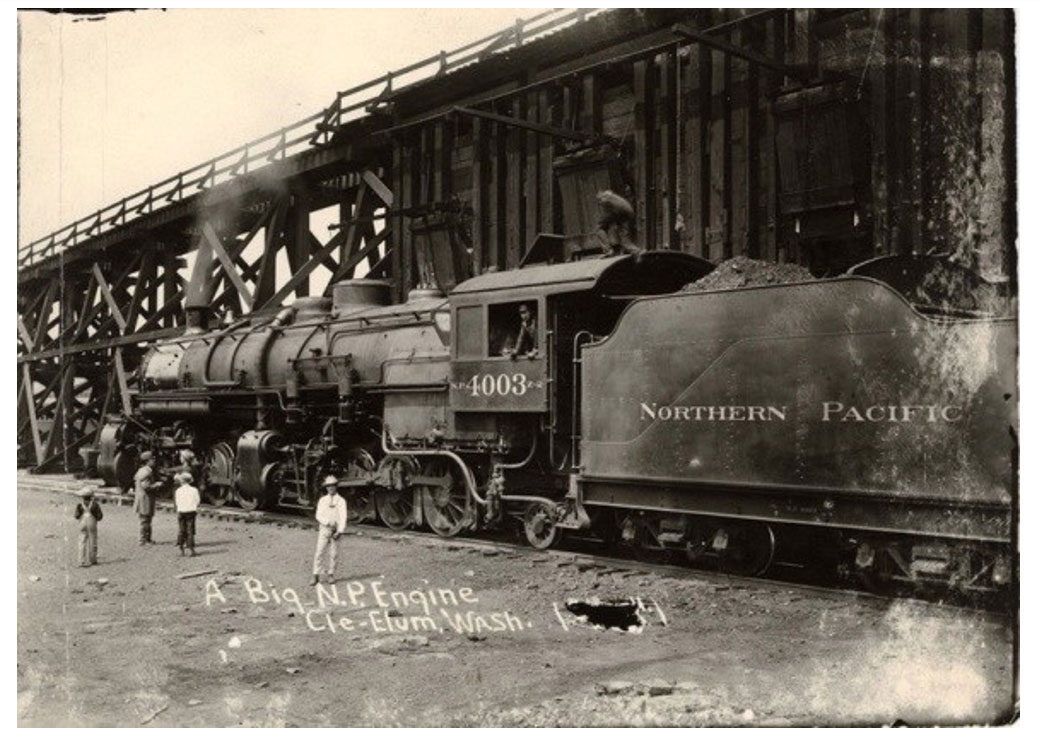
You may think that traveling Snoqualmie Pass is difficult now, but we sure have it easy compared to those that made the journey in the early 1900s when it first opened! The first car over Snoqualmie Pass was driven by Cle Elum's Aaron Rees and Merlin Haines in 1912. Convict labor was used during this period to make the roadbed good enough for cars to travel over the Pass from July to November, but in 1914 the state passed a law forbidding convict labor on the highways. As a result, drivers nearing the summit were often confronted with mud caused by bad weather or during the spring thaws. This inconvenience forced many travelers to have their cars hauled by teams of horses to the tune of $10 to $15 a trip.
While this story of Cle Elum's first car is quite fascinating, there is another form of transportation that left an even bigger mark on the town of Cle Elum: the train. On October 11, 1886, after a rush by the Railroad to complete the laying of tracks to this rich coal-mining region, Cle Elum greeted its first train. The construction of the Northern Pacific Railroad as a form of transportation played a large part in the development of the State of Washington as well as that of Cle Elum. In 1848, the California Gold Rush brought many settlers to the West who, after becoming disappointed in their ventures, went further north. With this influx of settlers, providing adequate transportation became a huge factor in the development of the northwest. The trains needed coal to keep running, and the Northern Pacific Railroad found plenty of it in 1886 in Cle Elum. The city not only had an established stake in the coal industry, but now had a wonderful outlet for her coal. In 1888, the construction of the Stampede Pass through the Cascades enabled the Northern Pacific Railroad to run trains direct from Puget Sound to Spokane Falls, and then on to eastern states. This was the event that brought Washington Territory to economic statehood. The importance of the railroad to Cle Elum has an important place in the building of our community. First, it established a very definite coalfield in the area; second, it provided an outlet for that product; third, it was directly responsible for the opening of the first sawmill which produced over 40,000 feet of lumber daily; and, fourth, the railroad brought with it an era of construction.
Learn more about the history of the railroad with a visit to the historic South Cle Elum Rail Yard, offering visitors a unique glimpse into the golden days of train travel. When the Milwaukee Road built its Pacific Coast Extension from the Midwest to the Puget Sound, it established this rail yard in South Cle Elum as a place where crews changed and locomotives could be added or removed from the trains. The yard now consists of the depot, electric substation and a half-mile interpretive trail that explains the history of the location. The depot contains historical exhibits and a working telegraph display, while the interpretive trail winds through the foundations of the former rail yard. The rail yard and the remaining structures are listed on the National Register of Historic Places as a National Historic District, with the most complete collection of any rail yard on the Pacific Coast Extension. The area presents an excellent opportunity for learning about the story of the Milwaukee Road's route to Puget Sound, the effect it had on communities along the way, and the role it had in the overall history of railroads.
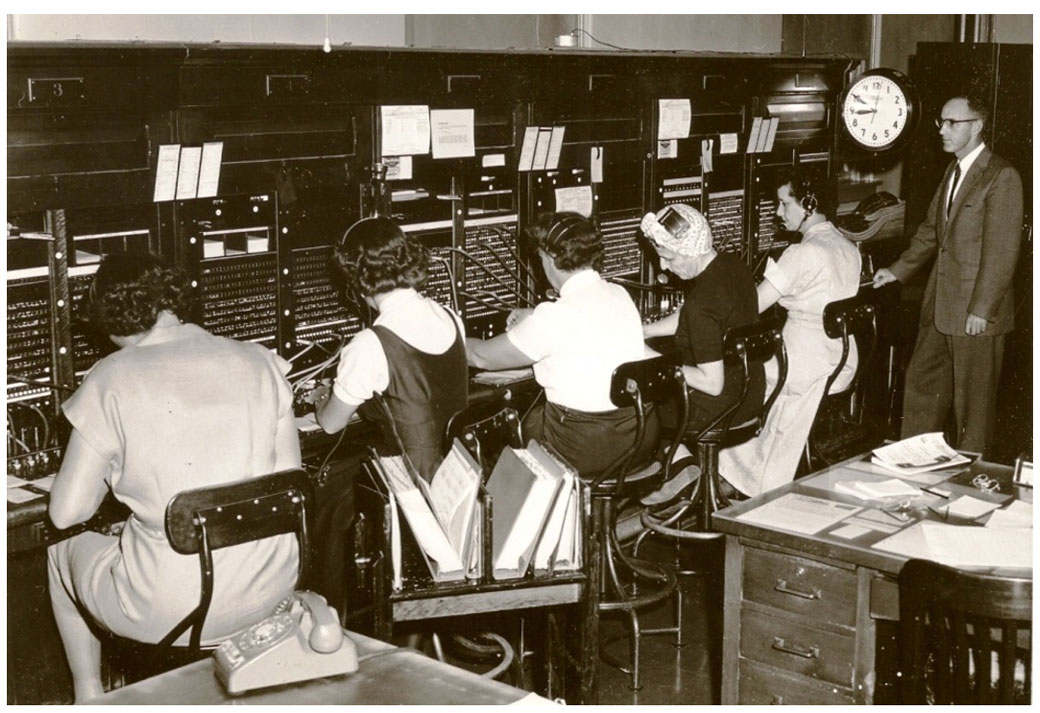
Cle Elum is home to two museums that allow visitors to, quite literally, step into the past! Visit the Carpenter House, a 1914 mansion with its original furnishings, to see what life in the late 1800s to early 1900s was like. Or, explore the history of the telephone at the oldest complete telephone museum west of the Mississippi, with displays covering telephone technology from 1901 to 1970! Cle Elum was one of the last cities in the country to use a manual telephone switchboard. In September 1966, the Cle Elum Historical Telephone Museum was established when Pacific Northwest Bell deeded the building to the Society for a museum of telephone history. In addition to the telephone displays, the museum features a collection of coal mine artifacts which were donated by local miners, and a selection of memorabilia from Cle Elum State Bank, built in 1906 by Frank Carpenter and ran under his direction for over 50 years. You can learn more about Frank Carpenter, as well as his daughter Margaret, one of the first female bank presidents in Washington State, by visiting their historically preserved house, which was home for three generations of the Carpenter family.
Now that you're an expert in the rich history of Cle Elum, take a stroll through the town to see how well you can spot historic locations or references to them! Continue you education in Cle Elum's local history here.
Photos courtesy of Dr. James E. Brooks Library, Archives and Special Collections, Frederick Krueger Collection, Central Washington University, Ellensburg, WA.
Posted: January 24th, 2020
The City
The name Cle Elum, meaning "swift water," was not only given to the town but also to a river and a beautiful tranquil lake. This name originated from the Kittitas tribe, whose members resided here and relied on the nearby Yakima River. Originally, the spelling was "Clealum," however in 1908 it was officially altered to "Cle Elum."
The corner of Pennsylvania Avenue and East Railroad Street in Cle Elum, looking west. Building on the right is the Post Office, 1892.
First incorporated in 1902, Cle Elum was considered a modern metropolitan city because it had a system of waterworks owned by the city, and an electric lighting plant conducted by the Northwestern Improvement, and the streets were wide and well improved. It was built with a prosperous coal mining industry and the railroad infrastructures were created to support it. The city also had a thriving lumber industry and, at one point, the largest sawmill in the eastern half of the state. Although the first census of record in 1900 gave Cle Elum a population of 250, the city grew so rapidly thereafter that by 1905 there were over 1,500 people in town, and 2,749 by 1910. According to recent census data, approximately 2,000 people are currently residing in the city.
The People

Family standing before the Italian Grocery and Delicatessen Store on First Street in Cle Elum, Washington, 1910.
For visitors, Cle Elum is a place to relax and unwind. However, the history of Cle Elum is filled with hardworking pioneers, immigrants in search of opportunity, and entrepreneurs leading the coal, mining and railroad industries. For example, did you know that a fur trapper discovered coal in Cle Elum, the resource responsible for the city's expansion? Or that the owner of the first general store in town was forced to cart merchandise from the city of Yakima for a 160-mile roundtrip excursion by wagon? The fact that the first city newspaper was created in a shack along the Teanaway River will be news to you!
The Gold

Gold dredge on Swauk Creek, 1915.
Gold was first discovered in Cle Elum in 1867 when a prospecting party, consisting of two Goodwin brothers and three others, was following a trail leading through the Swauk to the Peshastin district. While camping near Swauk Creek, one of the men in the party started panning for gold on a bar in the stream and came up with what appeared to be fine gold, but the others in the party were doubtful. After naming the place Discovery Bar, they continued to the north. In the fall of 1873, the Goodwin brothers again passed through the Swauk with three other prospectors. Discouraged after many days of unsuccessful prospecting, one of the men suggested they prospect Swauk Creek. Benton Goodwin went down to the creek for a bucket of water, turned over a rock and found a gold nugget. Leaving their supper, the rest of the men set to work and within an hour had over five dollars of coarse gold and a nugget worth over one hundred dollars. The party members decided to keep the find a secret; then worked for several days until their provisions ran out and they were forced to send for supplies. From there, the news spread quickly and soon a gold rush was on! Before the rush, however, the party had secured somewhere between $500 and $600. One day, it is said, they dug out $150 with a butcher knife.
The Transportation

Northern Pacific locomotive loading coal in Cle Elum, 1910.
You may think that traveling Snoqualmie Pass is difficult now, but we sure have it easy compared to those that made the journey in the early 1900s when it first opened! The first car over Snoqualmie Pass was driven by Cle Elum's Aaron Rees and Merlin Haines in 1912. Convict labor was used during this period to make the roadbed good enough for cars to travel over the Pass from July to November, but in 1914 the state passed a law forbidding convict labor on the highways. As a result, drivers nearing the summit were often confronted with mud caused by bad weather or during the spring thaws. This inconvenience forced many travelers to have their cars hauled by teams of horses to the tune of $10 to $15 a trip.
While this story of Cle Elum's first car is quite fascinating, there is another form of transportation that left an even bigger mark on the town of Cle Elum: the train. On October 11, 1886, after a rush by the Railroad to complete the laying of tracks to this rich coal-mining region, Cle Elum greeted its first train. The construction of the Northern Pacific Railroad as a form of transportation played a large part in the development of the State of Washington as well as that of Cle Elum. In 1848, the California Gold Rush brought many settlers to the West who, after becoming disappointed in their ventures, went further north. With this influx of settlers, providing adequate transportation became a huge factor in the development of the northwest. The trains needed coal to keep running, and the Northern Pacific Railroad found plenty of it in 1886 in Cle Elum. The city not only had an established stake in the coal industry, but now had a wonderful outlet for her coal. In 1888, the construction of the Stampede Pass through the Cascades enabled the Northern Pacific Railroad to run trains direct from Puget Sound to Spokane Falls, and then on to eastern states. This was the event that brought Washington Territory to economic statehood. The importance of the railroad to Cle Elum has an important place in the building of our community. First, it established a very definite coalfield in the area; second, it provided an outlet for that product; third, it was directly responsible for the opening of the first sawmill which produced over 40,000 feet of lumber daily; and, fourth, the railroad brought with it an era of construction.
Learn more about the history of the railroad with a visit to the historic South Cle Elum Rail Yard, offering visitors a unique glimpse into the golden days of train travel. When the Milwaukee Road built its Pacific Coast Extension from the Midwest to the Puget Sound, it established this rail yard in South Cle Elum as a place where crews changed and locomotives could be added or removed from the trains. The yard now consists of the depot, electric substation and a half-mile interpretive trail that explains the history of the location. The depot contains historical exhibits and a working telegraph display, while the interpretive trail winds through the foundations of the former rail yard. The rail yard and the remaining structures are listed on the National Register of Historic Places as a National Historic District, with the most complete collection of any rail yard on the Pacific Coast Extension. The area presents an excellent opportunity for learning about the story of the Milwaukee Road's route to Puget Sound, the effect it had on communities along the way, and the role it had in the overall history of railroads.
The Museums

Cle Elum telephone operators at the switchboard in 1959.
Cle Elum is home to two museums that allow visitors to, quite literally, step into the past! Visit the Carpenter House, a 1914 mansion with its original furnishings, to see what life in the late 1800s to early 1900s was like. Or, explore the history of the telephone at the oldest complete telephone museum west of the Mississippi, with displays covering telephone technology from 1901 to 1970! Cle Elum was one of the last cities in the country to use a manual telephone switchboard. In September 1966, the Cle Elum Historical Telephone Museum was established when Pacific Northwest Bell deeded the building to the Society for a museum of telephone history. In addition to the telephone displays, the museum features a collection of coal mine artifacts which were donated by local miners, and a selection of memorabilia from Cle Elum State Bank, built in 1906 by Frank Carpenter and ran under his direction for over 50 years. You can learn more about Frank Carpenter, as well as his daughter Margaret, one of the first female bank presidents in Washington State, by visiting their historically preserved house, which was home for three generations of the Carpenter family.
Now that you're an expert in the rich history of Cle Elum, take a stroll through the town to see how well you can spot historic locations or references to them! Continue you education in Cle Elum's local history here.
Resources
Information compiled by the Northern Kittitas County Historical Society.Photos courtesy of Dr. James E. Brooks Library, Archives and Special Collections, Frederick Krueger Collection, Central Washington University, Ellensburg, WA.
Posted: January 24th, 2020








